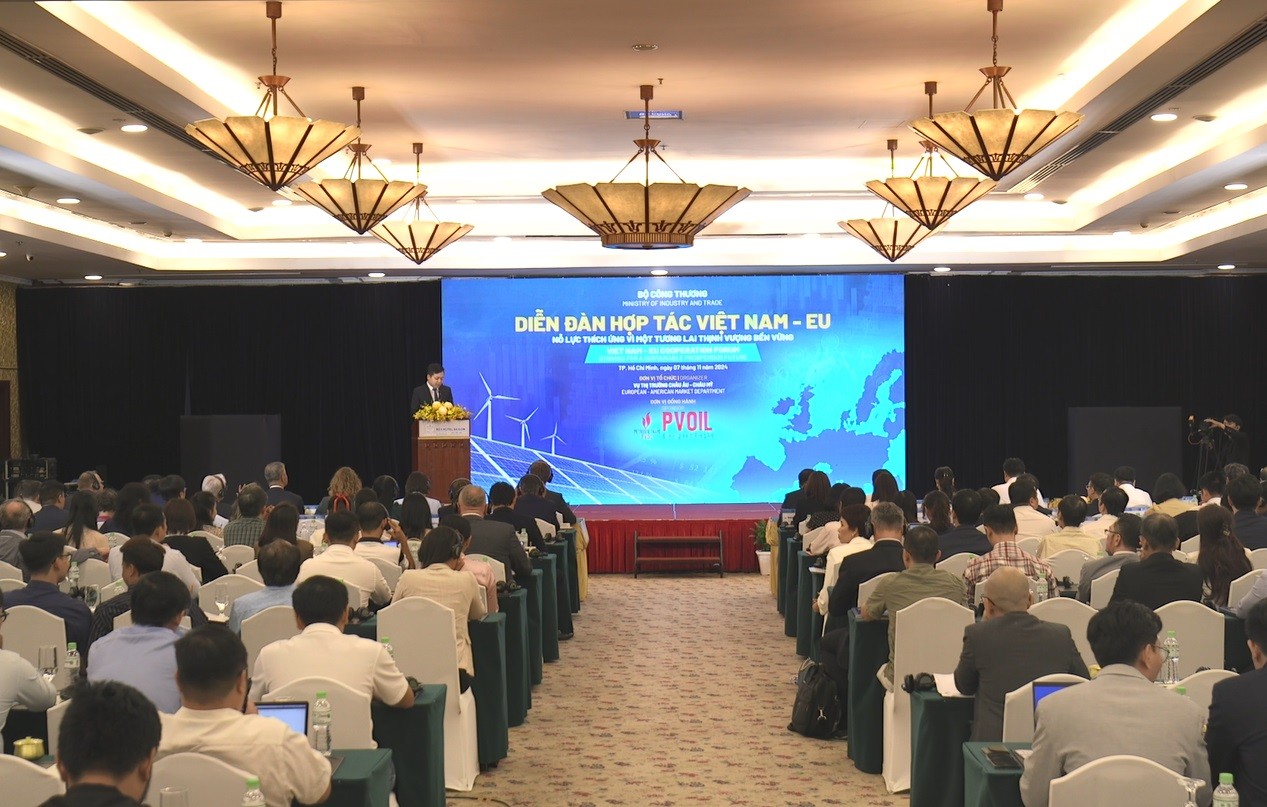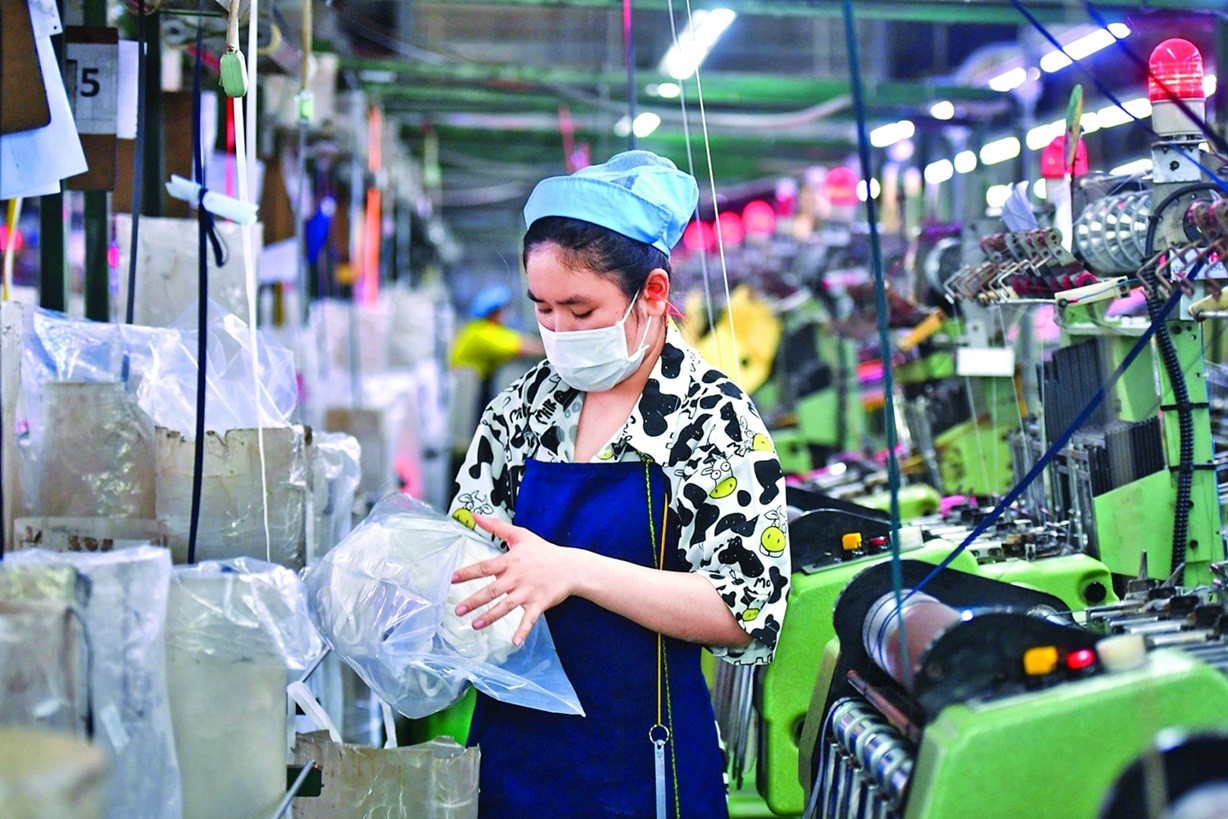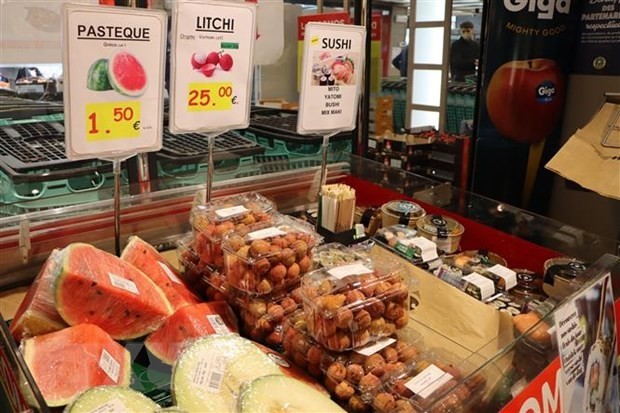Vietnam - EU Free Trade Agreement: Achievements and Challenges - PART 1
Vietnam - EU Free Trade Agreement: Reviewing Key Achievements
| FTAs to Offer More Benefits for Vietnam | |
| EVFTA: Successful Four-Year Journey |
In terms of exports, Vietnam’s export turnover to the EU increased by 6.2% after one year of implementing the agreement, reaching US $46.83 billion in 2022, an increase of 16.7%. Although rice is not a major export item to the EU, 2022 saw an export volume of 94,510 tons (1), contributing to Vietnam’s trade surplus with the EU, which reached US $31.4 billion, up by 35.1% (2). In 2023, despite a general downturn in Vietnamese exports, the EVFTA helped narrow the decline, reducing from 10.1% in the first half of 2023 to approximately 5.9% for the entire year. Notably, exports from Vietnam to Western and Northern Europe grew by 7.5%. In the first quarter of 2024, Vietnam’s export turnover to the EU hit a record high of US $12.2 billion, up by 17.2% compared to the same period in 2023 (3). This market contributed the second-largest share to Vietnam's export growth, surpassing China and the Association of Southeast Asian Nations (ASEAN).
The structure of exports has also shown positive shifts. In 2021, thanks to the EVFTA, Vietnam’s exports to the EU diversified, covering not only traditional products but also agricultural goods, such as coffee (accounting for 42.2% of total agricultural exports to the EU), cashews (33%), rubber (7.9%), fruits and vegetables (7.8%), pepper (7.4%), and rice (1.7%) (4). In 2023, the export of mobile phones and electronic components continued to grow. However, some agricultural and consumer goods still faced difficulties; seafood exports fell by 30.6%, pepper by 28%, rubber by 25%, textiles by 13.8%, and footwear by 18.7% (5). By the first quarter of 2024, export turnover for many Vietnamese products to the EU rebounded significantly, particularly in steel, coffee, confectionery and cereal products, pepper, and rubber products, compared to the previous quarter and the same period in 2023.
Overall, in nearly four years, Vietnam’s main exports to the EU have included agricultural products, wood and wood products, textiles, footwear, seafood, steel, computers, electronics, and machinery. By leveraging the advantages of these products, Vietnam has tapped into the EVFTA’s incentives, contributing to the country’s economic restructuring.
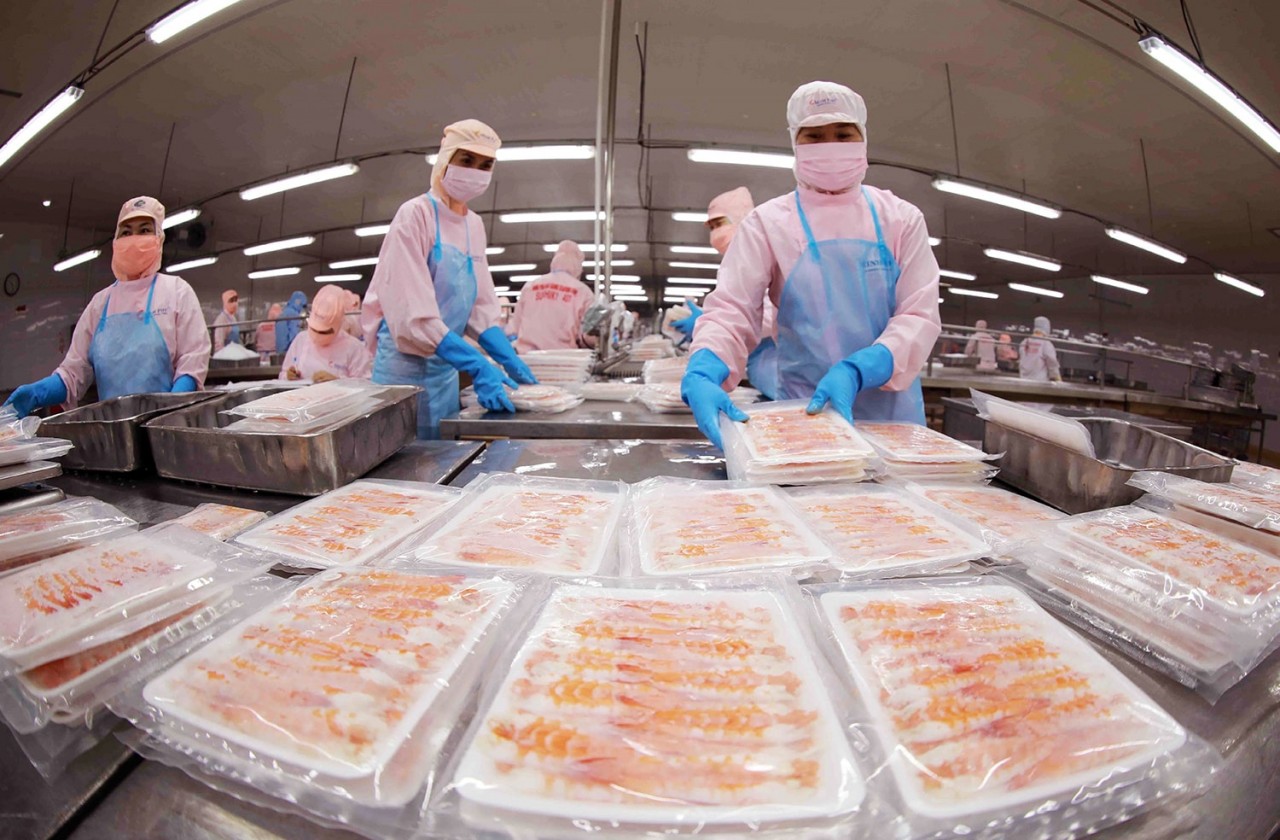 |
| Processing shrimp for export at Minh Phu Seafood Corporation's factory. (Photo: VNA) |
In terms of market structure, despite many challenges in 2023, Vietnam maintained good relations with the EU market. The Netherlands became Vietnam’s largest trading partner within the EU in the first quarter of 2024, accounting for 19.4% of the market share with a trade surplus of nearly US $2.8 billion, up by over US $577 million from the same period in 2023 (6).
The EVFTA has thus had positive impacts on Vietnam’s economy. First, it has boosted export turnover. Vietnam’s export growth to the EU averaged 10.5% per year from 2012 to 2022. In 2022, despite the lingering effects of COVID-19, exports to the EU surged in markets like Ireland (up 45.9%), Denmark (up 40.0%), the Netherlands (35.8%), and Germany (23.1%) (7). Second, the EVFTA has allowed Vietnam to diversify its export markets, opening up opportunities to export more to Poland, Slovenia, Denmark, and Romania. Third, the agreement offers a chance for Vietnam to enhance its competitive capacity. For instance, in Germany, consumers have a high or growing demand for Vietnamese products such as textiles, coffee, fruits and vegetables, and wood products. This is an opportunity for Vietnamese businesses to increase their competitive capability and expand their market share in the EU.
Regarding imports, Vietnam increased its imports from the EU in 2023 for machinery, equipment, tools, components, and chemicals. However, certain goods saw a decline in turnover, such as chemicals (down by 11.2%), textile raw materials (close to 10%), and seafood (down by 5.13%) (8). In the first quarter of 2024, Vietnam’s import turnover from the EU reached US $3.7 billion, an increase of 11.7% compared to the same period in 2023 (9).
For nearly four years, Vietnam has primarily imported computers, machinery, equipment, tools, components, textiles, pharmaceuticals, milk, and dairy products from the EU. Vietnam mainly sources imports from Germany, France, the Netherlands, Spain, Poland, Austria, Romania, and the Czech Republic. Imports from countries such as Hungary, Sweden, Slovenia, and Cyprus have generally remained less stable.
Imports from the EU have had positive impacts on Vietnam’s economy. First, diversifying supply sources. The EVFTA has lowered import tariffs, providing Vietnamese consumers with more choices of high-quality goods with diverse designs. Besides consumption benefits, imports from the EU promote competition and encourage innovation, helping Vietnam enhance its international competitiveness. Second, technology transfer. Since 2019, the EU has implemented the EU Green Deal, which applies to the EU and its partners. In this context, the EU supports Vietnam in transitioning to green and circular production, meeting EU regulations and standards aligned with sustainable development trends. Third, importing modern materials and machinery has helped Vietnam increase productivity and competitiveness in the global value chain.
Alongside trade, the EVFTA has opened new investment opportunities for the EU in Vietnam. In 2022, the EU’s foreign direct investment (FDI) in Vietnam amounted to US $27.8 billion, covering 2,308 projects, making the EU the sixth-largest FDI partner in Vietnam (10). In 2023, the EU’s FDI in Vietnam reached US $27.6 billion with 2,384 projects (11); 25 of the 27 EU member states invested in Vietnam. Notably, Vietnam has received high-quality investments in advanced technology, creating mutual value and benefits.
Regarding European partners, the Netherlands, France, Luxembourg, Germany, Denmark, and Belgium are the six leading EU investors in the country. The Netherlands ranks as the largest, with 427 projects and an investment total of US $14.1 billion, making up 49% of the capital Vietnam has received from the EU (12). France has invested US $3.8 billion, with Germany and Denmark also making substantial investments in Vietnam. For instance, Denmark’s LEGO Group has invested US $1 billion to establish toy production facilities, setting a precedent for increased investment of other EU corporations in Vietnam (13).
Beyond corporate investment, European government support also plays a role in capital flows into Vietnam. Some EU governments provide technical assistance to promote energy-saving initiatives in Vietnam. Presently, 63% of EU companies place Vietnam among the top 10 destinations for foreign direct investment, with 31% ranking it within their top three choices (14). This makes it essential for Vietnam to continue attracting investment from EU partners to drive economic growth.
 |
| The inspection line for European multi-purpose Peugeot Traveller vehicles, manufactured and assembled at the high-end automobile factory of Truong Hai Group Corporation in Quang Nam Province. (Photo: VNA) |
In terms of investment sectors, EU projects are active across 18 out of 21 industries of Vietnam. Key areas include manufacturing and processing, electricity and gas production and distribution, real estate, information technology, and oil and gas. EU investment is present in 54 Vietnamese provinces and cities, primarily focusing on major urban areas such as Ho Chi Minh City, Hanoi, Quang Ninh, Ba Ria-Vung Tau, Dong Nai, and Binh Duong.
The EU’s FDI in Vietnam has had positive effects on the economy:
1- Creating job opportunities: EU FDI has created thousands of jobs in Vietnam. European companies have employed many skilled and highly specialized workers. This not only helps increase employment and stabilize the labor market but also improves the quality and income of the workforce, positively contributing to the living standards of the people.
2- Increasing foreign currency reserves, strengthening Vietnam’s foreign currency reserves. Investment from the EU is conducted through capital transfers, land rental payments, and operational costs, which increases foreign exchange reserves. This adds stability and flexibility to the economy, supporting the country’s sustainable development.
3- Economic restructuring. EU FDI primarily focuses on high-tech sectors with high added value, such as IT, green technology, and renewable energy. This has improved competitive capability and driven the economic restructuring of Vietnam.
4- In terms of the business environment, the EVFTA provides economic benefits and aids in Vietnam’s institutional reforms by establishing a fair legal framework and sound mechanisms to strengthen activities.
Currently, Vietnam’s economy is considered to have strong growth momentum; many EU investors are satisfied with Vietnam’s business environment. Additionally, the preparation of some legal documents for implementing the EVFTA has progressed more quickly than with the Comprehensive and Progressive Agreement for Trans-Pacific Partnership (CPTPP). However, Vietnam needs to carefully approach commitments in certain areas, avoiding rigidly adopting international regulations into domestic law, which could create difficulties for businesses.
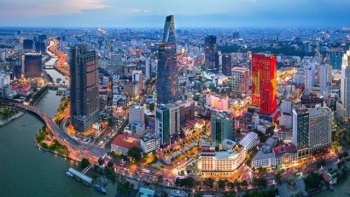 | EuroCham Confident in Vietnam's Stable Economic Development Eurocham Chairman Dominik Meichle said Vietnam has advantages to attract foreign investment such as a stable investment environment, a well-trained workforce, and an open dialogue ... |
 | Major Export Items to EU See a Surge in Value After 7 months of 2024, Vietnam's goods exports to the EU market continued to grow positively. Most key export items increased in turnover compared to ... |





